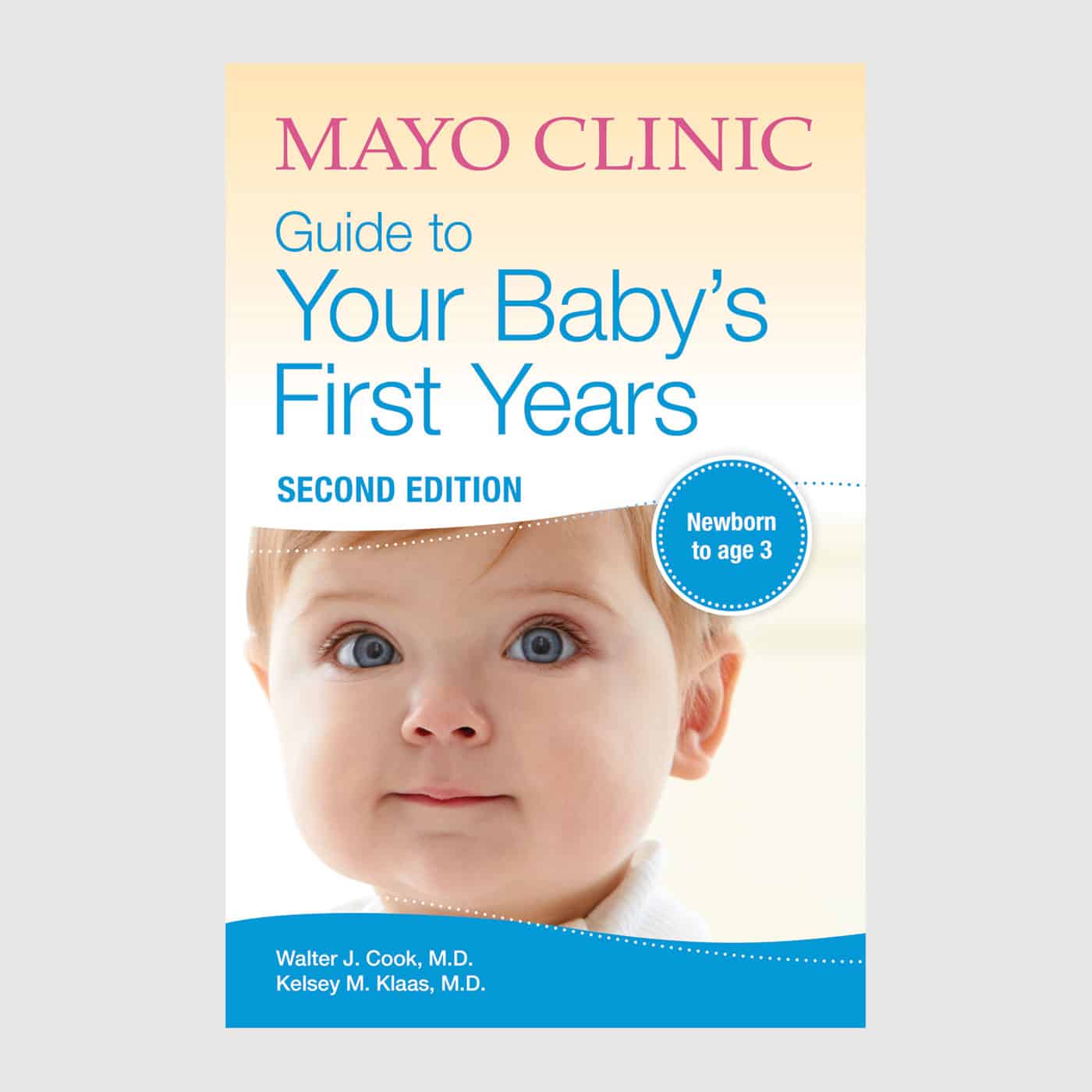
Over the past few years, IV vitamin therapy — a treatment that delivers vitamins and minerals directly into the bloodstream via an intravenous needle — has firmly established itself as the latest wellness trend. Celebrities and influencers of all stripes, even household names like Madonna, Gwenyth Paltrow and Rihanna, have helped propel the fad into the mainstream.
There are many claims about the effectiveness and benefits of this therapy, says Brent A. Bauer, M.D., director of research at the Mayo Clinic section of Integrative Medicine and Health. “Many providers claim that even in patients who have normal vitamin and mineral levels, IV vitamins provide additional benefits. Others claim that IV vitamin therapy can improve immunity, reduce fatigue, help with stress and treat a variety of other illnesses.”
However, Dr. Bauer says the evidence for these many claims are limited. It‘s a good idea to consider the potential risks and lack of proven benefit of IV vitamin therapy in healthy people before forking over hundreds of dollars for a treatment that is probably no better than taking a multivitamin. This in contrast to the piles of evidence indicating that the best route to optimal health is a nutritious diet, being physically active, getting quality sleep and maintaining social connections — along with limiting alcohol and avoiding tobacco.
Does IV vitamin therapy actually work?
As with most treatments, Dr. Bauer says the effectiveness of IV vitamin therapy depends on how it’s being used and the specific situation at hand.
“This [therapy] can be part of a conventional medical approach for people who are unable to take in adequate nutrition due to an inability to eat or other serious medical conditions,” Dr. Bauer says. “In these situations, IV vitamin therapy is effective because it is meeting a nutritional need of the body.” In some cases, IV supplementation may be given to people with chronic alcohol use disorder or people who are intoxicated.
Some research has shown that IV vitamin C may improve quality of life and reduce illness-related side effects in people with cancer. However, research is mixed and studies are, in general, quite small. The Food and Drug Administration (FDA) has not approved IV vitamin C therapy as a treatment of cancer side effects.
Additionally, there are some small studies on IV vitamin therapy and its impact on certain conditions including fibromyalgia, a chronic pain disorder. A 2009 study, for example, gave 34 adults with fibromyalgia the Myer’s cocktail — the colloquial term for a high-dose blend of various vitamins and minerals — over the course of several weeks. After eight weeks, participants who received IV therapy experienced significant improvements in pain, depression and quality of life. However, the placebo group also reported some significant improvements. In short, the high placebo effect and small sample size means the actual effectiveness of IV therapy remains uncertain.
There is limited evidence that IV vitamins provide benefit to people with normal nutritional intake and levels, says Dr. Bauer. And as for the other claims around IV therapy — including increased immunity, stress relief and effective treatment for many different illnesses — Dr. Bauer says there are very few studies that have scientifically tested these claims, and many studies that do exist suffer from poor design.
Does IV vitamin therapy have any risk or side effects?
“Anything we place in the human body can carry risk, including those things which are thought to be natural, such as vitamins or fluids,” says Dr. Bauer. “High doses of certain vitamins and minerals have been linked to kidney damage, heart rhythm abnormalities, blood pressure changes, gastrointestinal symptoms and damage of the peripheral nerves.”
Additionally, there are potential complications from having an intravenous line placed in the body. Though rare, Dr. Bauer says an IV can cause trauma, bleeding or infection.
Finally, it’s important to consider the cost of this treatment. Though costs can vary widely, a quick search on the internet shows prices ranging from $250 to $800 for a single treatment. Even on the conservative side, these treatment costs can quickly add up, especially for those getting medically unnecessary IV vitamin therapy — which likely isn’t covered by insurance.
“There is the risk of diverting resources and money to cover the cost of IV vitamin therapy and foregoing lifestyle modifications that have stronger evidence, such as investing in a nutritious diet, buying shoes or equipment to maintain activity, practicing mind-body therapies or optimizing sleep,” says Dr. Bauer. There’s also the risk of thinking that IV vitamins provide a consequence-free license to make unhealthy lifestyle choices, such as drinking to excess or eating poorly.
If you’re interested in IV vitamin therapy, speak with your healthcare team about the potential risks, benefits and alternatives. It’s also a good idea to discuss any medications you’re on and potential interactions between your prescriptions and an IV vitamin treatment.
The bottom line
Though some people may choose to incorporate IV vitamin therapy into their lifestyle, just remember — there’s no quick fix for improving your health and feeling your best.
“On the one hand, it’s great to see so many people taking an active interest in their health,” says Dr. Bauer. “But when it comes to improving your health, I always encourage starting by building a very strong wellness foundation. This means optimizing the key domains of health, including nutrition, daily aerobic exercise, daily mind-body practice, social connectedness, sleep, honoring spiritual practices and being immersed in nature every week.”

Relevant reading
Mayo Clinic Guide to Your Baby's First Years, Second Edition
While every baby brings their own set of challenges, Mayo Clinic Guide to Your Baby’s First Years offers informative guidance on standard child care practices such as proper nutrition and comforting a fussy baby. This revised reference guide also gives essential advice for a new generation of parents who face…



















